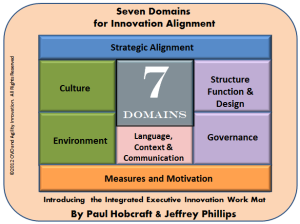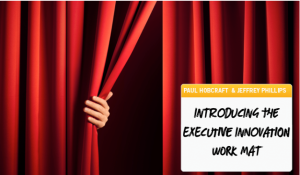So who do you think form the group that are the most likely candidates for innovations consistent failure? It may surprise you to know that most fingers point straight to the top of the organization as the main cause for its enduring failure.
I don’t think this is sour grapes of the people working away on innovation daily, that the ‘finger of failure’ is well and truly pointing upwards. There is more of an innovation knowledge gap at board room level or even just below this, than many can imagine, that is the plain reality.
They often simply have no real clue on how innovation really works and what their essential role is in connecting all the different parts necessary to align this into the organizations overarching goals, objectives and strategies.
Let’s simply select the top common causes of innovation failure.
In a recent survey I was reading*, it provided a set of results about the common cause of innovation failure. The survey was asking participants to check all that applied and although there were 30-odd possible reasons the top ten that stand out as head and shoulders above all the others are nearly all down to the simple failure of innovation engagement in its leadership.
Failure lies at the very top on why innovation fails.
Continue reading “Innovation failure starts at the top”

